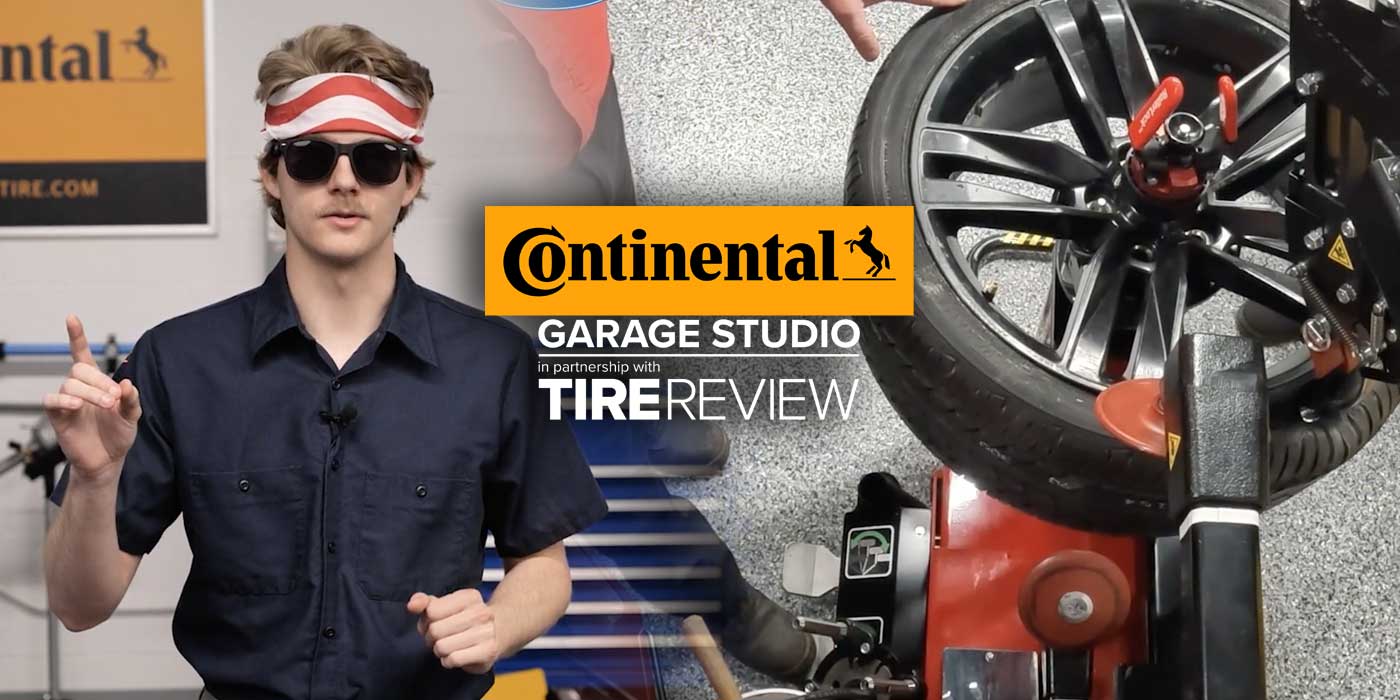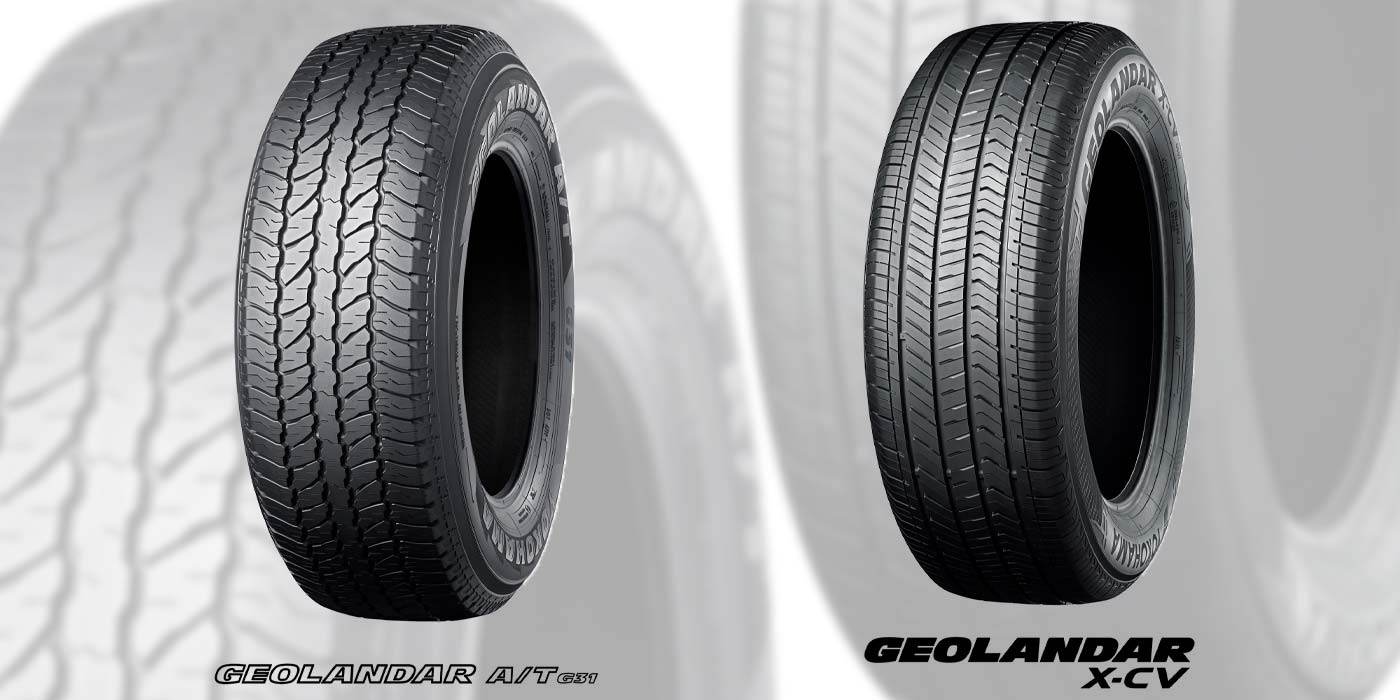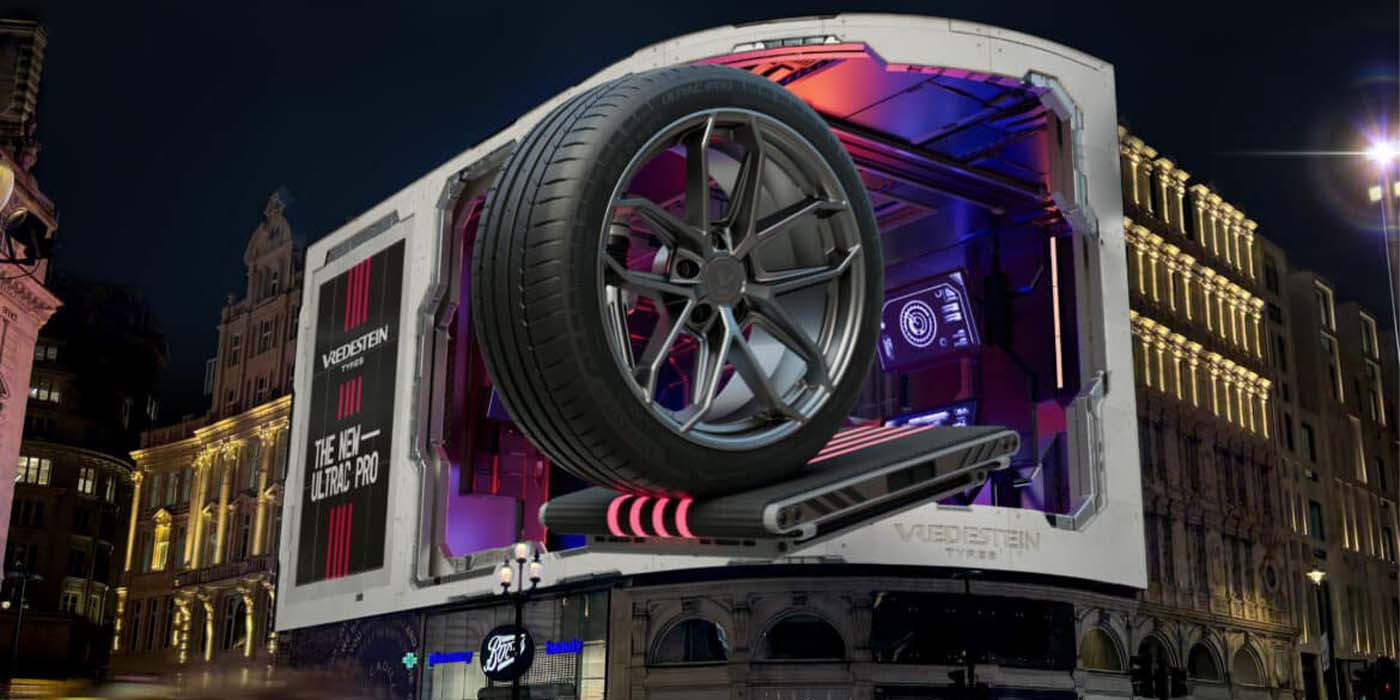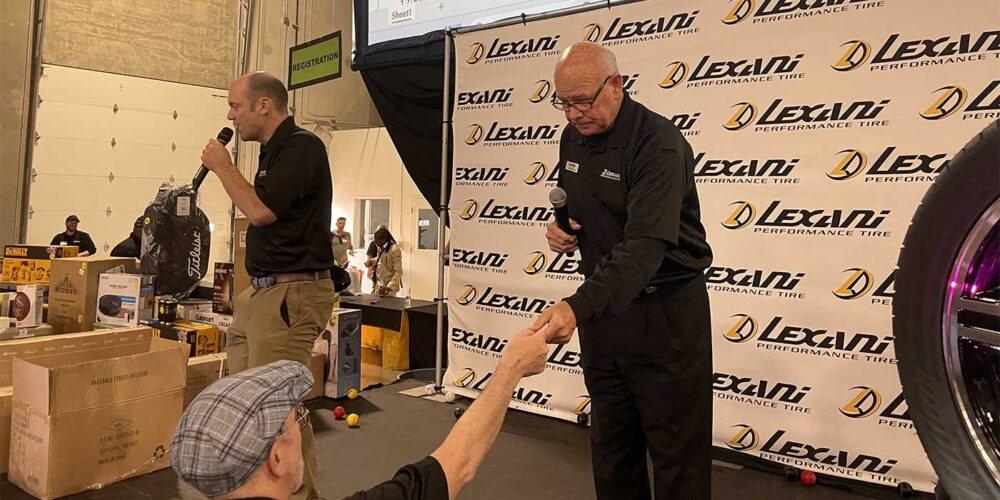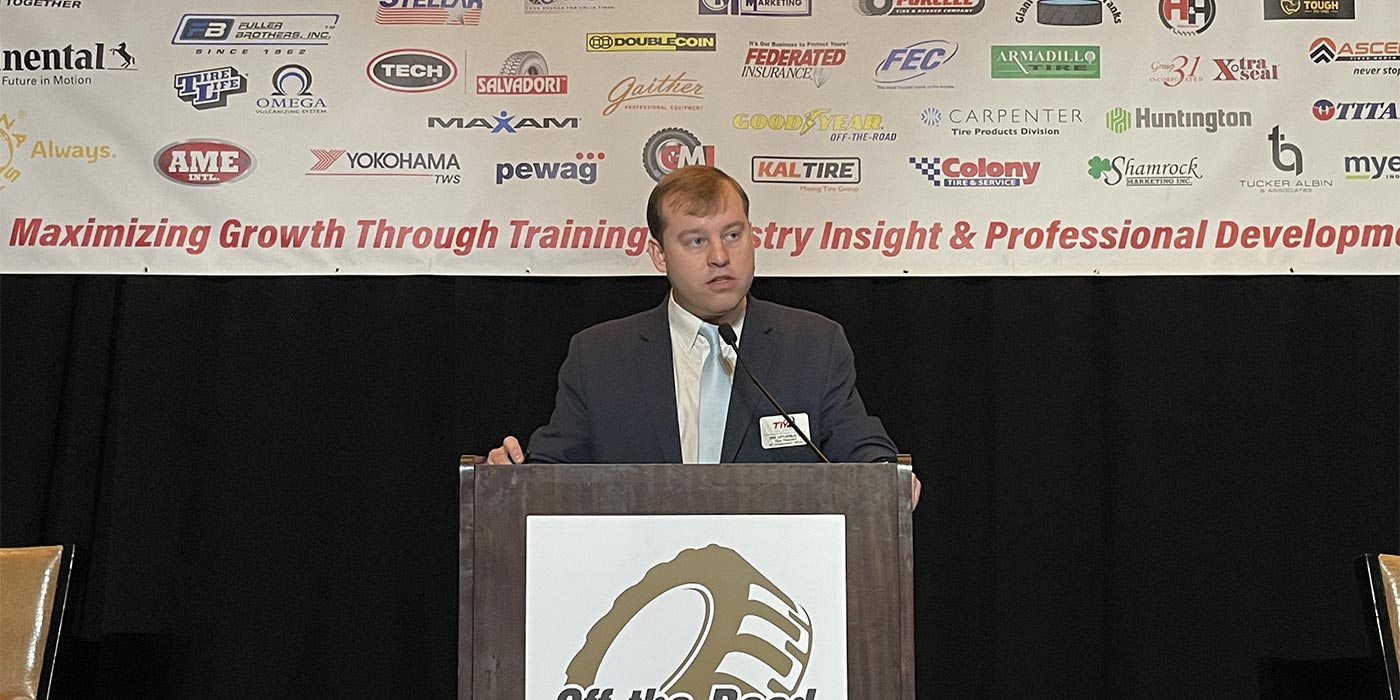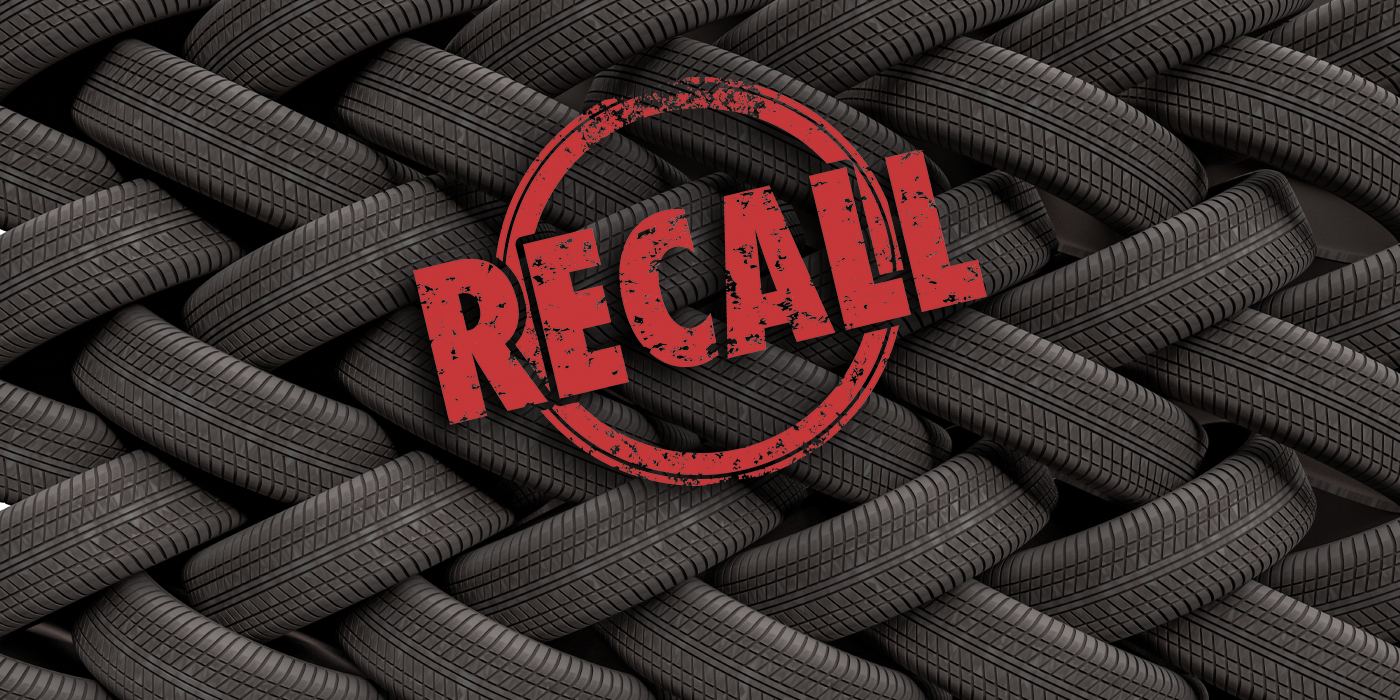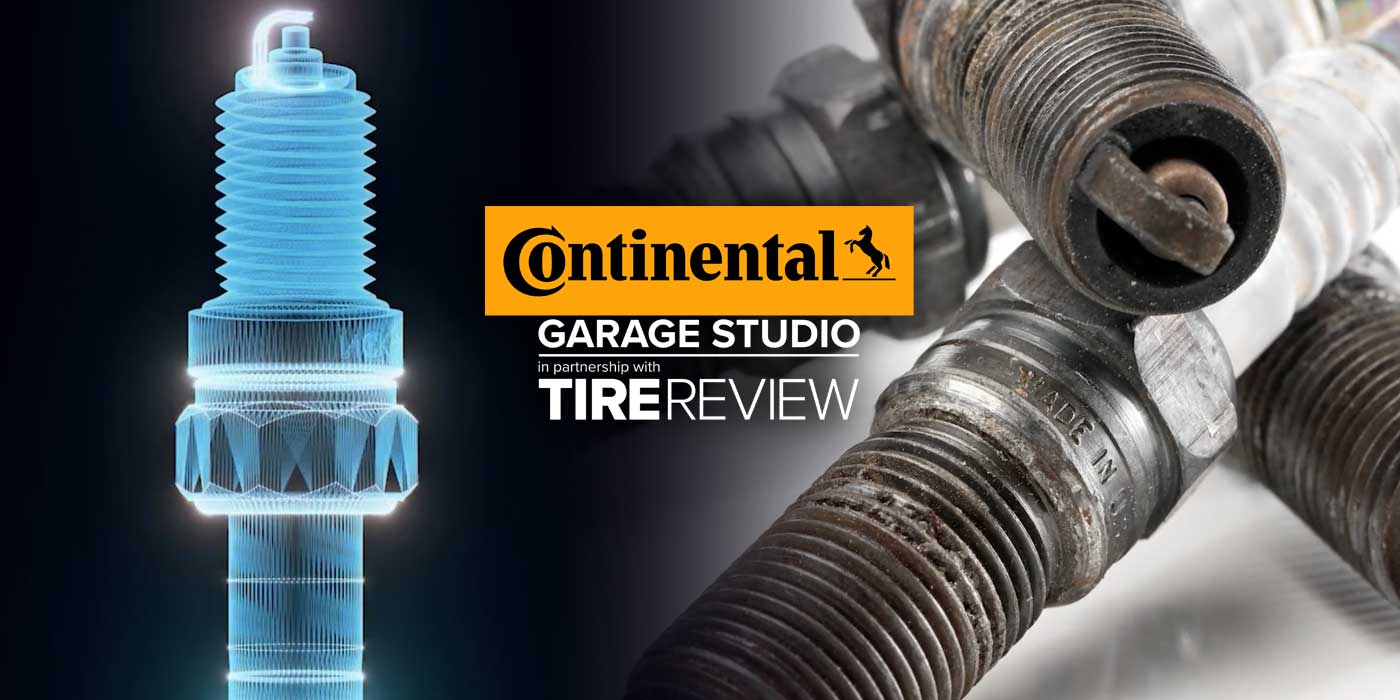Eight decades ago, farmers rode on all-steel tires. No, not steel-belted. All steel. Metal on dirt, with no rubber in between.
2012 is the 80th anniversary of Firestone Tire & Rubber Co.’s introduction of the very first pneumatic rubber tractor tire, an invention that brought increased comfort and productivity to farm fields in every corner of the globe.
For Depression-era American and Canadian farmers, though, the innovation was massive. By 1940, fully 90% of all tractors sold in the U.S. came with rubber pneumatic tires.
If you go back and look at photos of pre-1932 farm equipment, the “tread” designs of the era’s all-steel tires will look familiar. Many of those patterns were adopted when rubber came into vogue, while many others – particularly the “spike” patterns – fell by the wayside.
A mere 20 years after that game-changing product introduction, Firestone opened the industry’s first dedicated farm tire test facility.
Located on the same farm near Columbiana, Ohio, where Harvey Firestone grew up, the 400-acre-plus Firestone Farm Tire Test Center remains both a working laboratory and a symbol of the “brand’s commitment to agriculture,” according to Bridgestone America.
It’s a unique double anniversary year, and one every ag tire dealer – regardless of their brands – should celebrate.
* * * * * * * *
Wanna see a cool new way to take a customer for a test drive on a set of tires? Watch what Goodyear recently pulled off on an unsuspecting “customer.”
http://www.youtube.com/watch?feature=player_embedded&v=M041nqZNUg8
* * * * * * * *
Akron Beacon Journal copy editor Mark Price recently wrote an interesting book about rather unusual product offerings by tire companies. “The Rest Is History: True Tales From Akron’s Vibrant Past,” is available from the University of Akron Press.
The book includes a passage about an inflatable plane concept Goodyear actually tried to bring to market. After decades of testing, the “Inflatoplane” never took off. The excerpts below came from a story Price wrote for the ABJ.
In the mid-1950s, Goodyear Aircraft Corp. of Akron, Ohio, designed, developed and produced an experimental airplane that could fold up into a bundle and fit in the trunk of an automobile.
The Inflatoplane was an aeronautical oddity made of rubberized nylon fabric that pumped up like a tire. Within 10 minutes of unloading, the lightweight aircraft was filled with air and ready to fly.
“Named the Inflatoplane, the new Goodyear aircraft plane, developed under joint Army-Navy auspices, can be flown from a small field and attain speeds that will satisfy anyone wishing to avoid the bumper-to-bumper Sunday afternoon traffic,” the company boasted.
The prototype was a one-person craft 19.7 feet long with a wingspan of 22 feet and an empty weight of 205 pounds (or 329 pounds with its 20-gallon gas tank full).
With the pilot seated in the front, the Inflatoplane resembled a glider – albeit one composed of mattress stuffing. The fuselage, tail and cockpit were made with two walls of rubberized fabric connected by nylon threads.
A two-cycle, 40-horsepower motor was mounted above and behind the wing. The only other metal parts were a few instruments, control cables and a support connecting the wheels and pilot’s seat to the fuselage.
Goodyear said the airplane could carry a 200-pound man up to 72 miles per hour at a ceiling of 10,300 feet, and required a clearing about the size of a football field to take off or land.
The Inflatoplane instantly caught the attention of the national media, earning such colorful nicknames as “The Flying Mattress,” “The Flying Inner Tube,” “Flying Dumbo,” “The Pocket Airplane” and “Bag O’ Wind.” Articles appeared in Newsweek, Life, Popular Mechanics, Popular Science, Flying and Aviation Week.
The U.S. military was quite interested in the inflatable airplane for surveillance, aerial reconnaissance and military rescues.
Goodyear streamlined the design over the years, enclosing the cockpit, simplifying the controls and mounting the engine to the top of the wing instead of the fuselage.
In 1957, the company introduced a heavier, two-seat Inflatoplane that could reach 16,000 feet at 80 mph. Engineers also tested a water-ski attachment on Wingfoot Lake.
One test pilot narrowly escaped death in April 1959 when the plane crashed into the Patuxent River during a test flight in Maryland. The wing collapsed and hit the propeller, forcing Ulm to bail out with a parachute to safety.
Two months later, disaster struck at Wingfoot Lake. Army Lt. Malcolm Wallace, 26, of Greenville, Texas, was training on an Inflatoplane when it began to spiral out of control about 700 feet up. Wallace didn’t have enough time to open his parachute. He plunged to his death in a marshy area near the lake.
By the early 1960s, the military lost interest in the Inflatoplane – and so did Goodyear.
The company produced a dozen models before pulling the plug on the Flying Mattress. In the 1970s, the three surviving Inflatoplanes were donated to the Smithsonian Institution, the Franklin Institute in Philadelphia and the Ohio Historical Society in Columbus.
This and many other great – and often strange – tales can be read. Suggest you grab a copy of the book!



